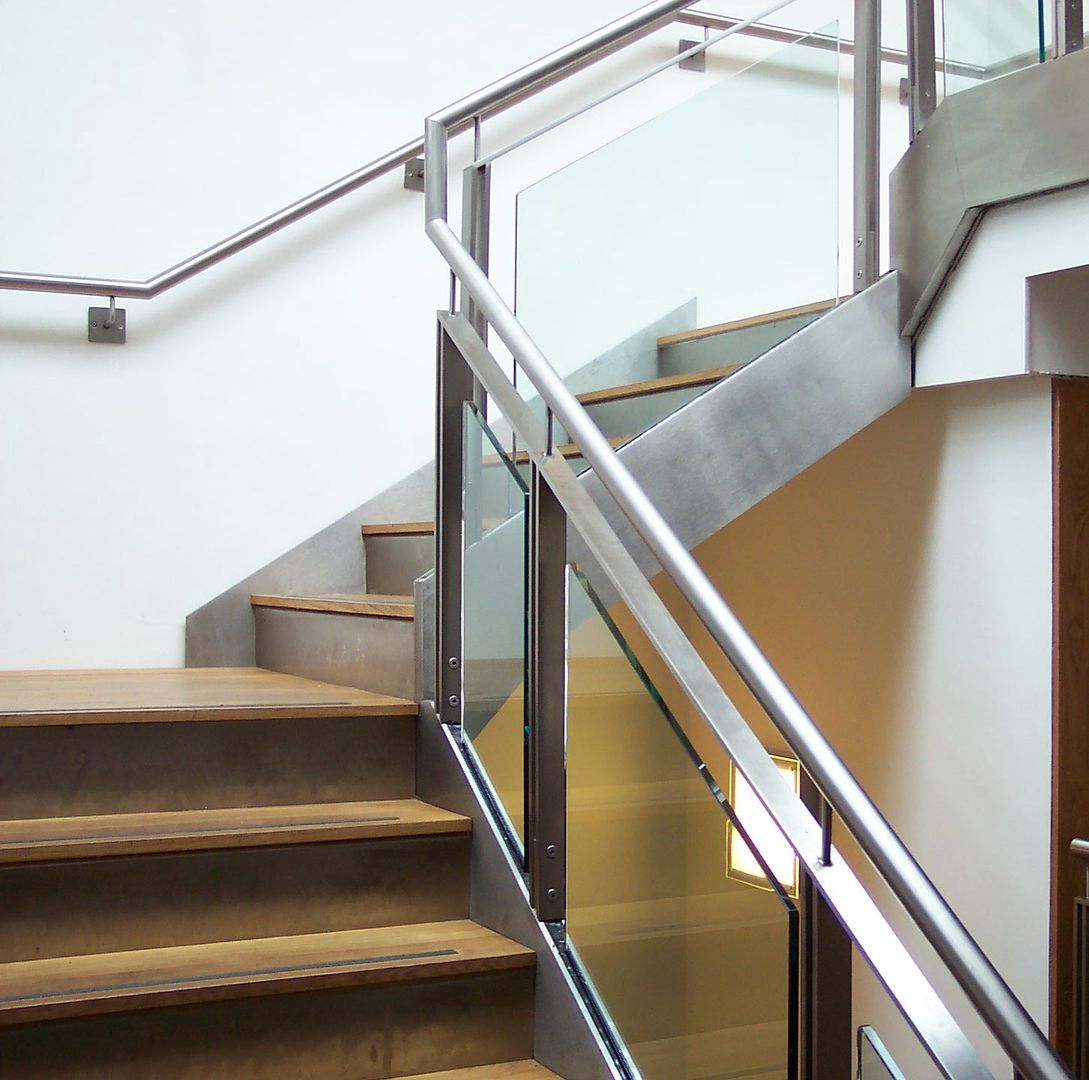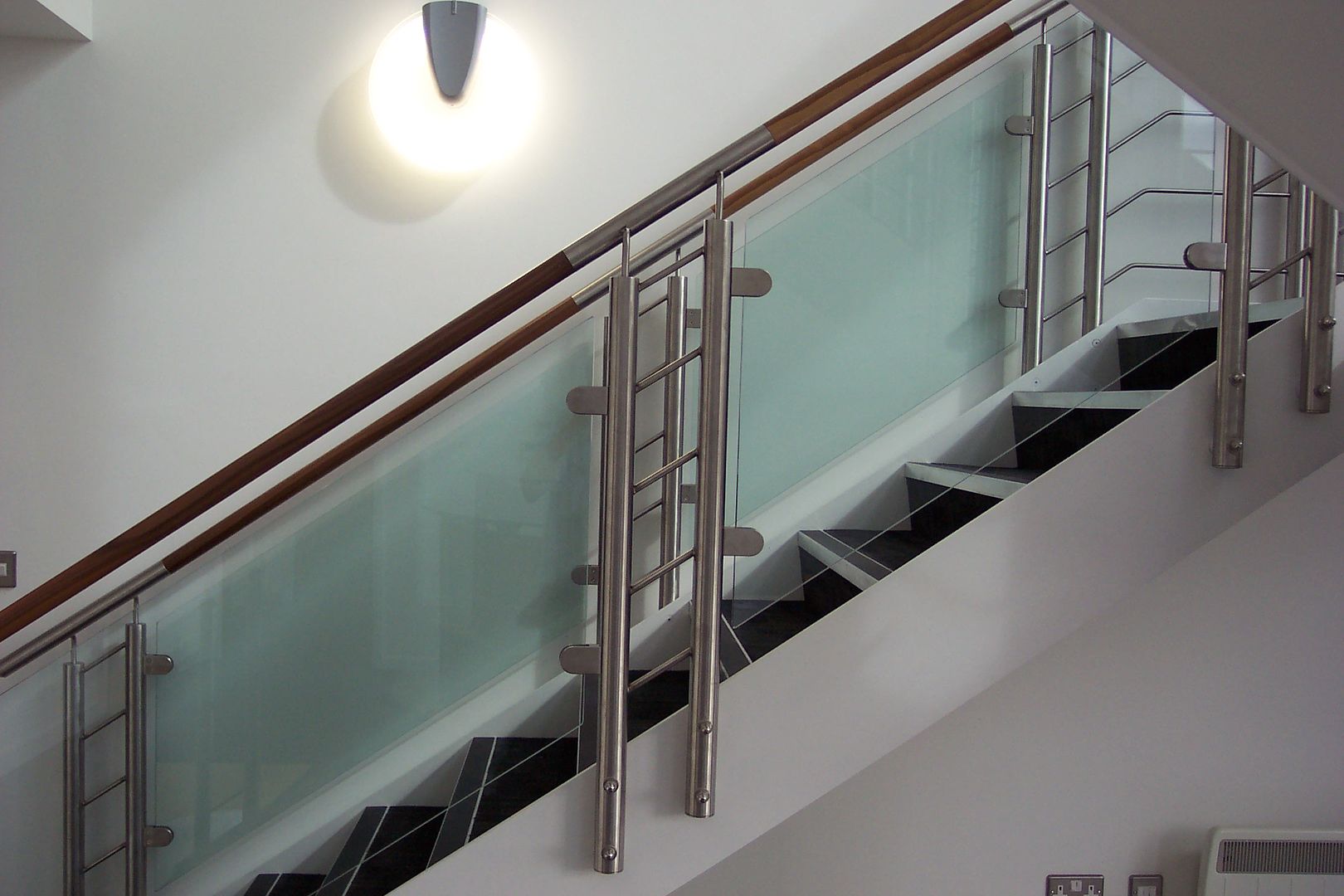Cantilevered floating staircases
The visual impact of a staircase on both the internal and external of a property can be huge – getting it wrong can ruin a first impression, impact the flow of design and impact the overall feel of a domestic property or business premises. Getting the design right however can create a visual wow-factor and a focal point to the building that all other construction elements of the area to be complimented with.
Types of staircase
Various styles of staircase exist from concrete, timber, steel, glass or a mixture of all. Stairs can also be straight, kite-winder, helical (spiral) or cantilevered.
A spiral or cantilevered staircase tends to have the greatest overall wow factor impact, generally given the design intrigue of how they are supported whilst remaining so minimalistic.
Focusing on a cantilever
Appearing to somewhat defy the laws of physics, a cantilever staircase is of course fully supported and structurally sound, just in a very cleverly engineered way. A true cantilever stair would be supported through one end alone, the floating staircase as most people would know it. Such floating staircases are supported behind the wall face with considerable steelwork members which are then covered, rendered or plastered over to achieve the free floating mysterious staircase.
There are a number of other ways DioMet have achieved such floating cantilever staircases but the concealed steel plate method has always been the most practical. In order to achieve this style of staircase the construction should always be considered prior to completing walls, plastering or kitting out the room. Retrofitting such a cantilevered staircase would certainly require the involvement of a structural engineer to assess the wall and propose a suitable solution.
The opposite end of the staircase, where the treads terminate is generally where handrails are positioned or popularly in modern buildings- the glass balustrade is supported. The floating stair glass balustrade will often attach to the individual treads but share the implied load over numerous treads to give the necessary structural integrity. Side fixed frameless glass balustrade systemsare particularly popular in this style staircase, generally with chunky oak timber treads.
The cost of a floating staircase can vary dramatically dependent on the individual design concept and materials used however in all cases a spiral or cantilever design would be more expensive than a standard straight flight. Cantilevered staircases can range from as little as £4000 for a basic design to upto around £30,000 for more elaborate or modernised glass systems.
Benefits of the cantilever staircase system obviously include its knock-out aesthetics but also in space saving as once completed the whole area beneath becomes usable for storage, seating or even room access into other areas of the building.
Further Reading :
Please login to Comments



